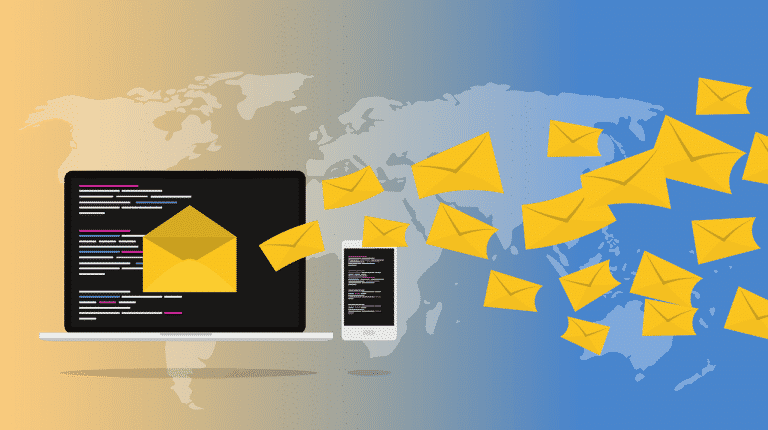Email marketing is an essential part of every business. The most effective way to market your business is through email, and it can be said that email marketing is one of the most cost-effective ways to advertise. To make an email marketing campaign successful, you need to have a thoughtful approach.
According to Campaign Monitor, emails with personalized subject lines are 26% more likely to be opened than those without. Whereas, Venturebeat discovered that revenue is 5.7 times more significant in emails that use personalization. From designing emails with personalization to segmentation and targeting customers based on their needs, this article will cover some of the best tactics in email personalization that you can use for your next campaign.
Contents
What Is Email Personalization?
Email personalization is the process of tailoring your email marketing messages to recipients based on their specific interests, demographics, or behavior.
The Best 6 Techniques For Personalized Email Marketing
1. Segment Email Lists
Segmentation is the process of dividing your audience into groups or segments. Segmenting your email list helps you understand what content to send to which part of the audience. Segmenting the audience into different categories based on demographics, behavior, location, or other characteristics is a good way of personalizing emails.
It plays a vital role in email marketing because it allows marketers to target the right audience with personalized messages at the right time. The point of sending different types of content is to show that you are paying attention to each of your subscribers and their needs.
2. Personalize The ‘From’ Name And Subject Line
The ‘From’ name and subject line of your emails are the first things people will see. It is essential to use them correctly to make sure you get responses. The ‘From’ name represents you as a person, so it should be something personal rather than just your company name. On the other hand, the ‘Subject’ line will notice first, so keep it short and catchy!
For example, You see it in your inbox all the time: “Subject: LinkedIn request from <name>.”
It’s an easy trick to make the email look like it’s not automated and make users more likely to open the message if they know who it’s from (or at least, what company it’s from) and reduce the chance of email bouncebacks.
3. Send Behavior Triggers
Behavior triggers are techniques used in email marketing to create a personalized experience for the user. They help you send better, more relevant emails and lead to better click-through rates and conversion rates.
The purpose of behavior triggers is to identify what your users want or need at any given point in time and deliver that content or information as close as possible to when they’re looking for it. It’s a way to anticipate your customers’ needs, provide them with the information they need precisely when they need it most, and urge them to open your email.
4. Reach Out At The Right Time
One of the most important parts of email marketing is timing. When you send an email matters just as much as what you say in it, if not more so.
The importance of sending emails at the right time can’t be overstated. It’s one of the main reasons why some people succeed with email marketing and others fail miserably. The truth is, timing is everything when it comes to your campaigns. If you don’t time them correctly, you won’t get the results you deserve because no one will open the email.
5. Show Relevant Product Recommendations
One of the easiest ways to personalize emails is to use a relevant product recommendation. This will not only make your emails more personal, but it will also make your email more effective.
Relevant product recommendations can improve your conversion rate. This will, in turn, increase sales and will help you to create a personal relationship with your customers. For example, you can add a recommendation for a product related to the product they purchased earlier.
6. Send Re-engagement Email
Re-engagement is one of the effective techniques to increase the effectiveness of marketing campaigns. Businesses use re-engagement email as a personalized marketing and promotional tool to enhance the interaction and communication with their existing customers and attract new customers.
Moreover, re-engagement emails help you to connect to your users and keep them active on your website. These emails are often sent to your inactive users. Usually, they are sent within 30 days after they have last visited your site.
For example, you can send a re-engagement email based on the user’s previous activities on your website.
To Wrap Things Up
In today’s fast-paced business world, email is a vital communication tool that allows for a high degree of personalization. Personalized emails can help your business establish a stronger connection with your customers. Without it, you risk sending irrelevant emails to your customers and ultimately hurting your brand.
That’s why it’s important to use personalization techniques that can help you gain a deeper understanding of your audience and then build a personalized email campaign that will resonate with them. The above six email personalization techniques will help you increase your email open rates, reduce email bounce back, and maximize your ROI from your email marketing.

